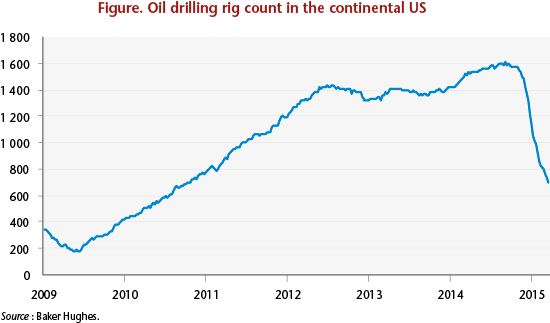Renew the mix: Carry out the energy transition, at last!
By Aurélien Saussay, Gissela Landa Rivera and Paul Malliet
The five-year presidential term in France will have been marked by the success of COP21, which led to the signing in December 2015 of the Paris Agreement to limit the rise in global temperatures to 2°C by the end of the century. Despite this, climate and energy issues do not seem to be priorities in the upcoming presidential debate.
These issues nevertheless deserve to be dealt with in depth, given that the decisions required entail a long-term commitment by France. In order to meet the goals France has set itself in the Law on the energy transition and green growth (LTECV), it is necessary as soon as possible to undertake the changes required in our energy mix and to improve its efficiency in order to hold down demand from the main energy-consuming sectors, i.e. residential, services, transport and industry.
The recent parliamentary report from the Committee on economic affairs (CAE) and the Commission on sustainable development (CDD) [1] pointedly notes the delay in the implementation of LTECV. In particular, the report highlights the limited progress made in exploiting the main source of energy-savings, the construction sector. It also notes the delay in increasing the share of renewable energies in our energy mix, particularly with regard to the generation of electricity.
To this end, the Multiannual electricity programme (PPE) for the period 2016-2023 does not seem sufficient, in the current situation, to meet the objective set in Article I, Section 3 (L100-4) , Paragraph 5 of the LTECV, which calls for reducing the share of nuclear power to 50% of France’s electricity mix by 2025. To achieve this, it will be necessary to revise the PPE at the beginning of the next five-year term.
The main obstacles to the implementation of the ambitious investment plans needed to achieve the law’s main objectives – France’s transition towards a low-carbon economy – are fear that the economy will become less competitive, particularly energy-intensive industries[2], together with the low acceptability of carbon taxation and the risk that all this will have a recessionary economic impact.
While an analysis of the redistributive impacts of carbon taxation remains a topic for research, work done by the OFCE in partnership with the ADEME has shown that fears of a negative macroeconomic impact are unjustified. Far from weighing on the prospects for an economic recovery, the energy transition could, on the contrary, bring about a resurgence of growth for the French economy over the next thirty years – starting right in the next five-year term.
This result is the macroeconomic translation of the continuous reduction in the cost of the technologies needed for the transition, in all its dimensions: the production of renewable energy, the management of intermittence, and the improvement of energy efficiency. Our analysis shows that changes in the full cost of renewable electricity (i.e. the levelized cost of electricity, LCOE) make a complete change of the energy paradigm possible, without any major additional cost compared to traditional technologies – even in a country with an extensive nuclear power industry like France.
A policy brief recently published by the OFCE, “Changing the mix: the urgency of an energy transition in France, and the opportunities” [in French], presents the main conclusions of this work. First, it demonstrates that achieving an energy transition corresponding to the LTECV would generate about 0.4% additional GDP and more than 180,000 jobs by 2022, at the end of the next five-year term. While this is a modest effect, our projections indicate an expansionary impact of 3% of additional GDP over the longer term up to 2050 – i.e. additional annual growth of 0.1% over the period.
We have also estimated the impact of a more ambitious forward-looking effort to decarbonize the French economy: increasing the share of renewables to up to 100% of the electricity mix by 2050. This scenario presupposes accelerating the construction of the infrastructures generating renewable electricity – mainly onshore and offshore wind along with solar photovoltaic – starting in the next five-year term. This increased effort would result in a larger gain of 1.3% of GDP by 2022, reaching 3.9% by 2050.
This last exercise shows that an energy transition comparable in magnitude to Germany’s EnergieWende is definitely achievable in France, both technologically and economically.
Accelerating the energy transition in France during the next five-year term would meet a threefold objective: it would give the economy an additional boost to growth; meet the goals for the reduction of CO2 emissions and energy consumption set by the LTECV; and achieve France’s contribution to the goal endorsed by COP21 of limiting global warming to a rise of less than 2°C above pre-industrial temperatures.
[1] Joint information mission on the application of the Law of 17 August 2015 on the energy transition for green growth, 26 October 2016.
[2] See on this topic, « L’état du tissu productif français : absence de reprise ou véritable décrochage?» [France’s production system: absence of a recovery or a genuine take-off?], OFCE Department of innovation and competition, 2016.
